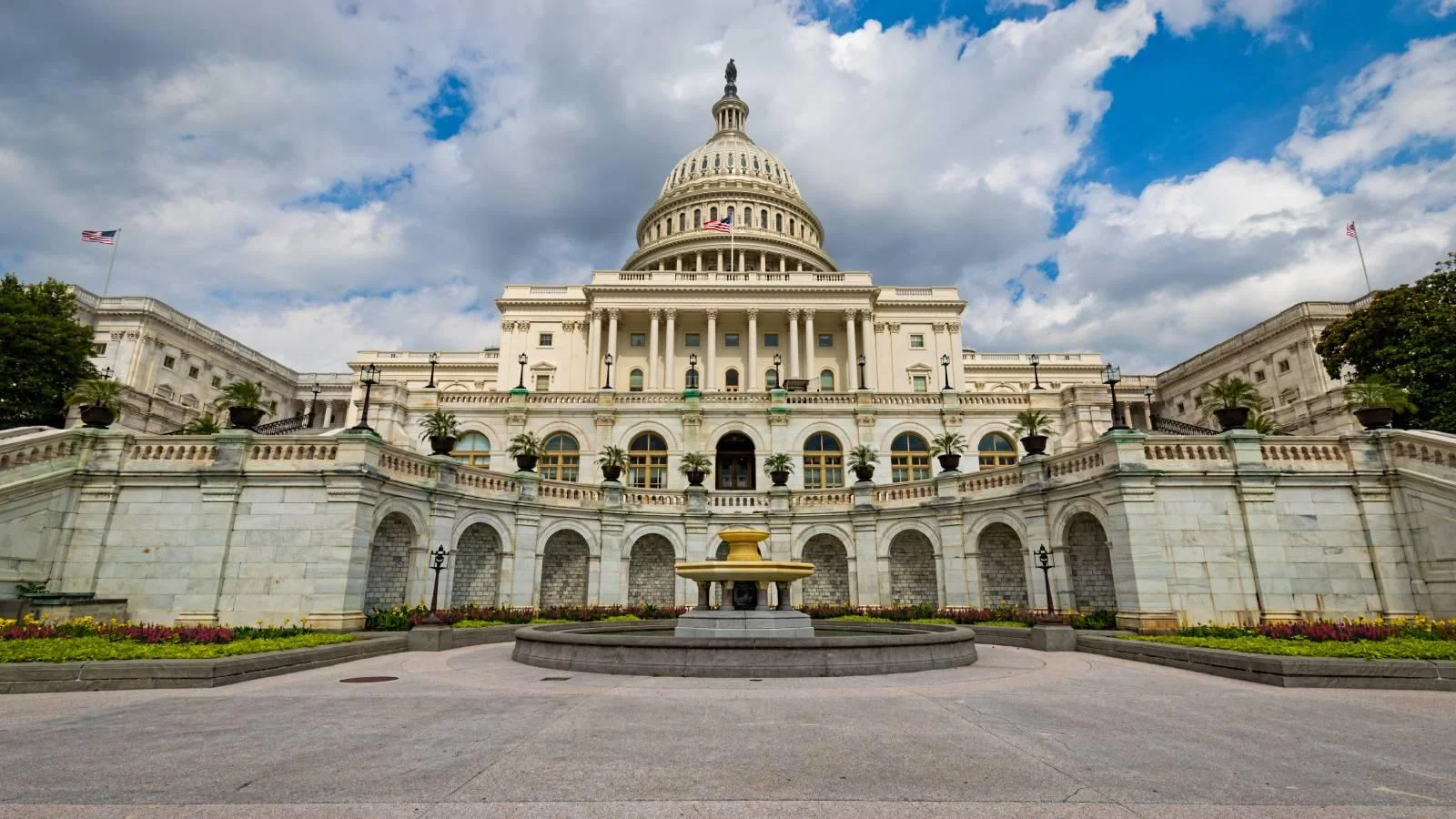ROSWELL, N.M. - EM Assistant Secretary Anne White recently told the chairs and vice-chairs of the EM Site-Specific Advisory Board (SSAB) that she looks forward to receiving their input as she renews a completion mindset for the cleanup program.
“No one understands local concerns and priorities better than the people who live, work, and raise their families near our sites," White said in a video message presented at the board's May 3 semiannual meeting. “One of my top priorities is to reinvigorate a completion mindset throughout this program. I look forward to having the benefit of your ideas."
The chairs and vice-chairs of each local board discussed priorities of the EM sites they represent and future recommendations for White. The SSAB was created to involve stakeholders more directly in EM’s cleanup decisions, providing advice and recommendations on the cleanup and environmental management activities.
Board members received an EM program and regulatory reform update from Mark Gilbertson, EM Associate Principal Deputy Assistant Secretary for Regulatory and Policy Affairs. Steve Trischman, Director of the Office of Budget and Planning, provided an update on the current EM budget.
The EM SSAB is considered a single advisory board, however eight local boards have been organized under its umbrella charter, one at each major EM cleanup site. The local boards are the Hanford Advisory Board, Idaho National Laboratory Citizens Advisory Board (CAB), Northern New Mexico CAB, Nevada SSAB, Oak Ridge SSAB, Savannah River Site CAB, Portsmouth SSAB, and Paducah CAB. These bodies are made up of representative members of local citizens, Native American tribes, and community and public interest groups that provide recommendations to EM on its cleanup program.
On May 2, the chairs and vice-chairs toured EM’s Waste Isolation Pilot Plant (WIPP) in Carlsbad, New Mexico, and received an update from Carlsbad Field Office Manager Todd Shrader. The tour gave members a firsthand view of how important WIPP operations are to the complex and the cleanup mission.
Source: U.S. Dept. of Energy, Office of Environmental Management









